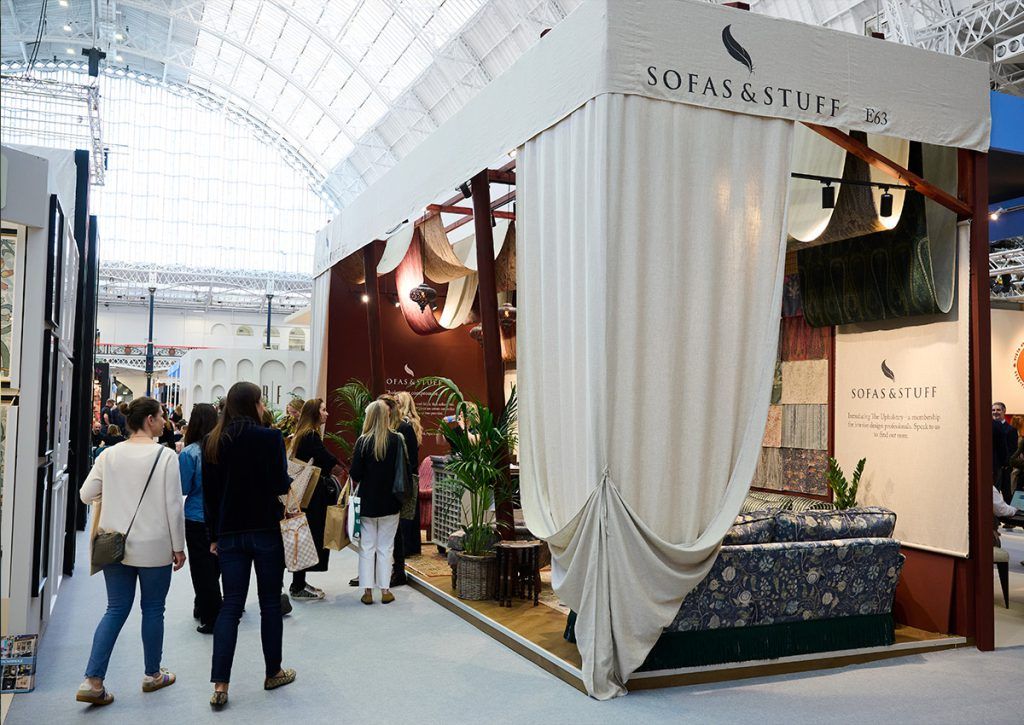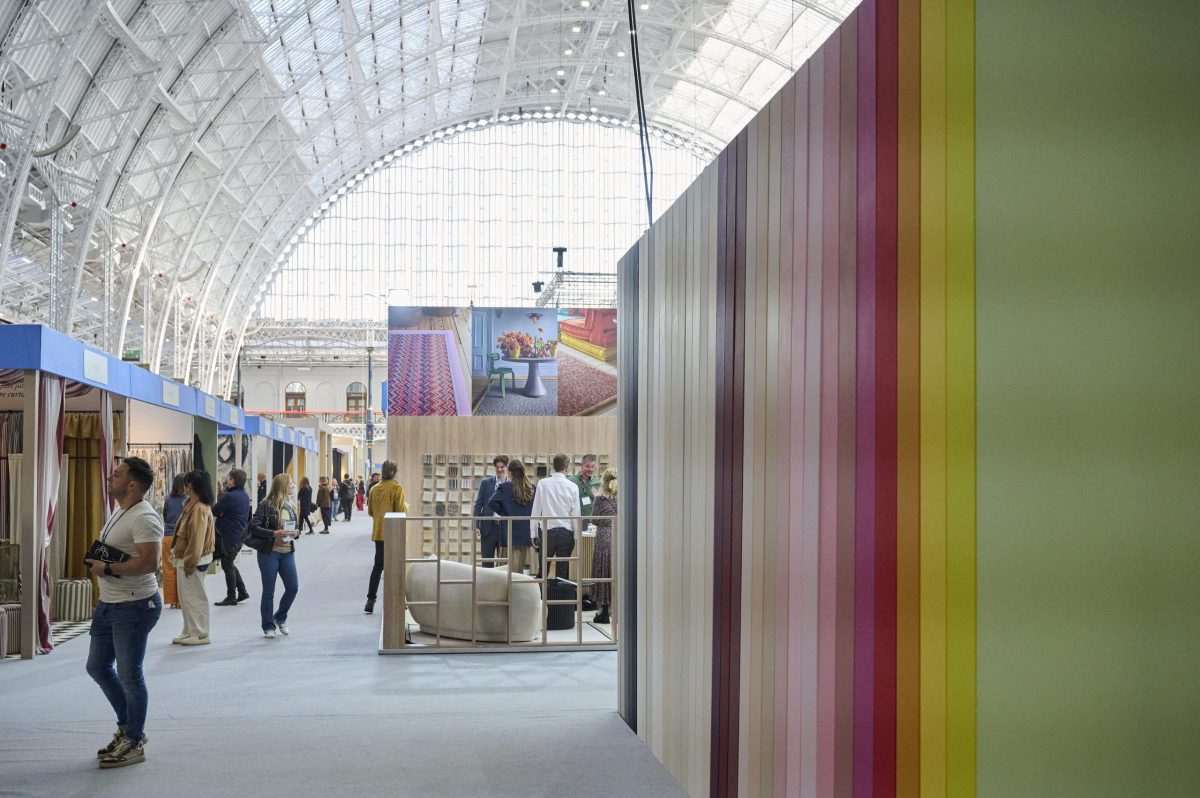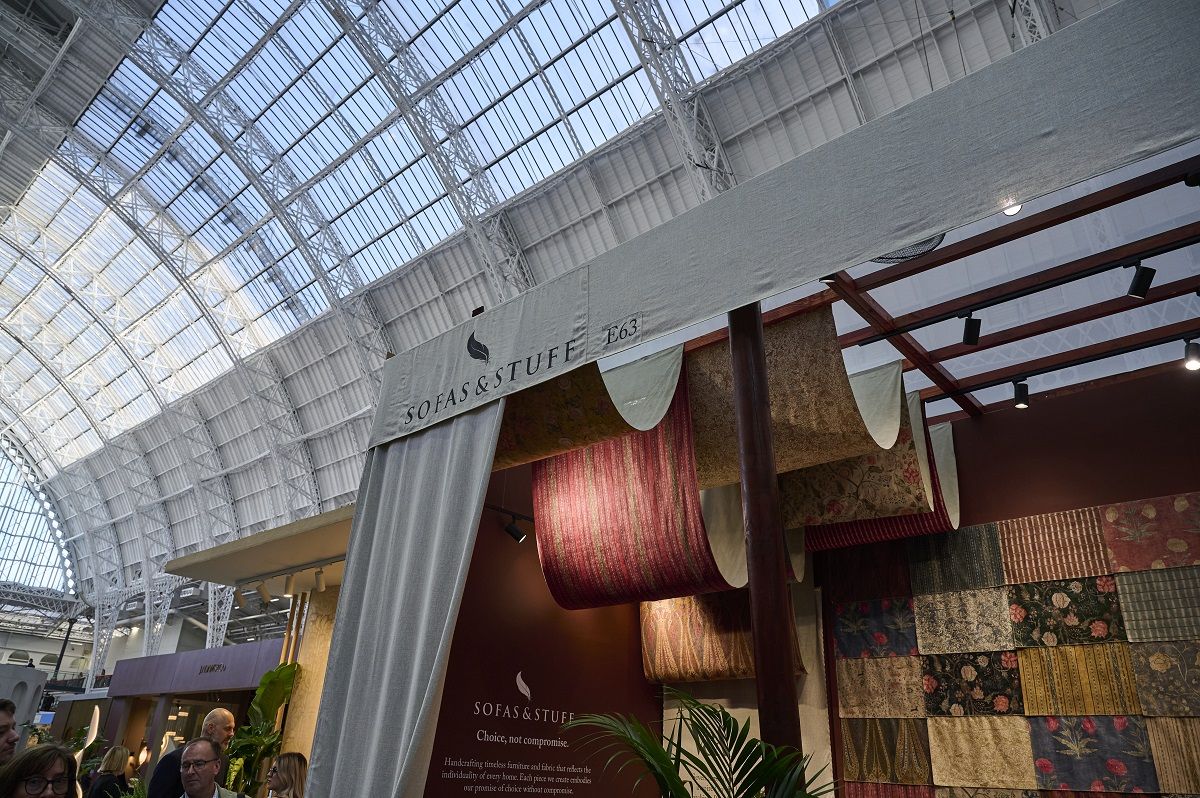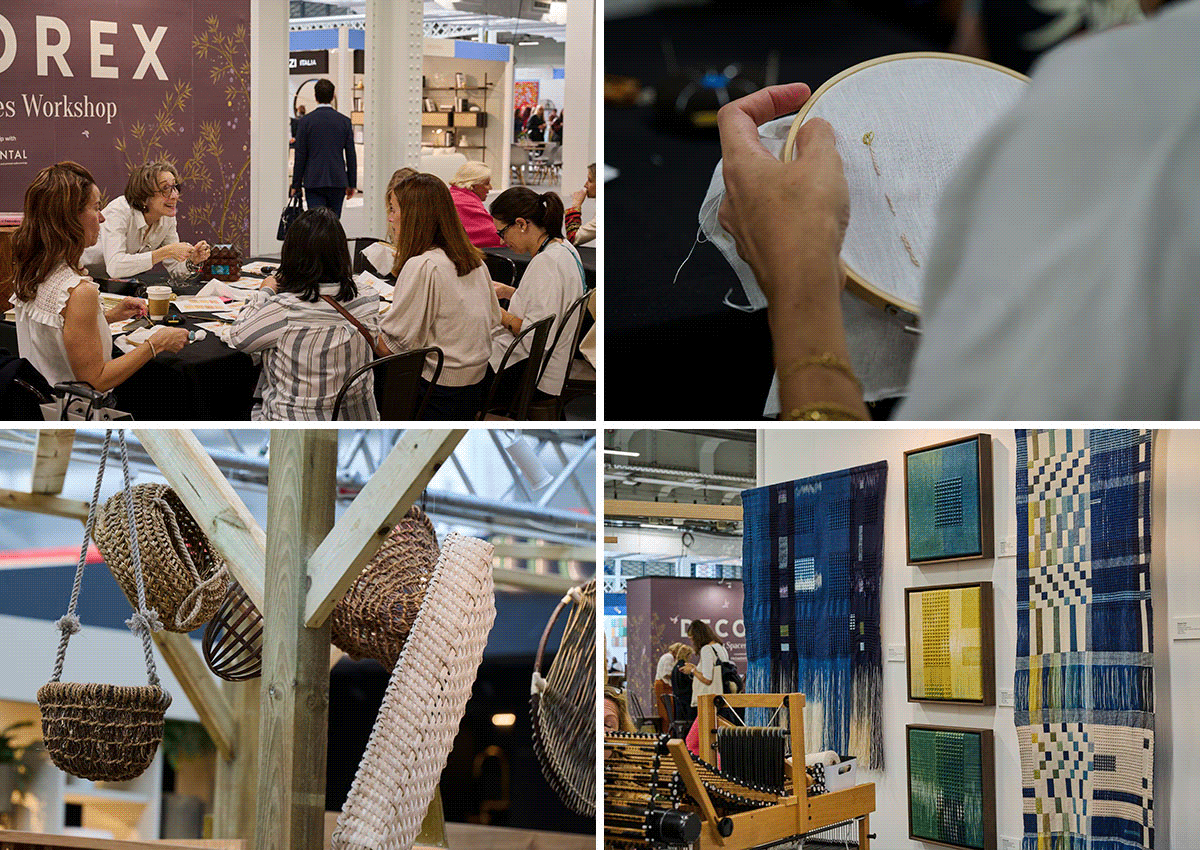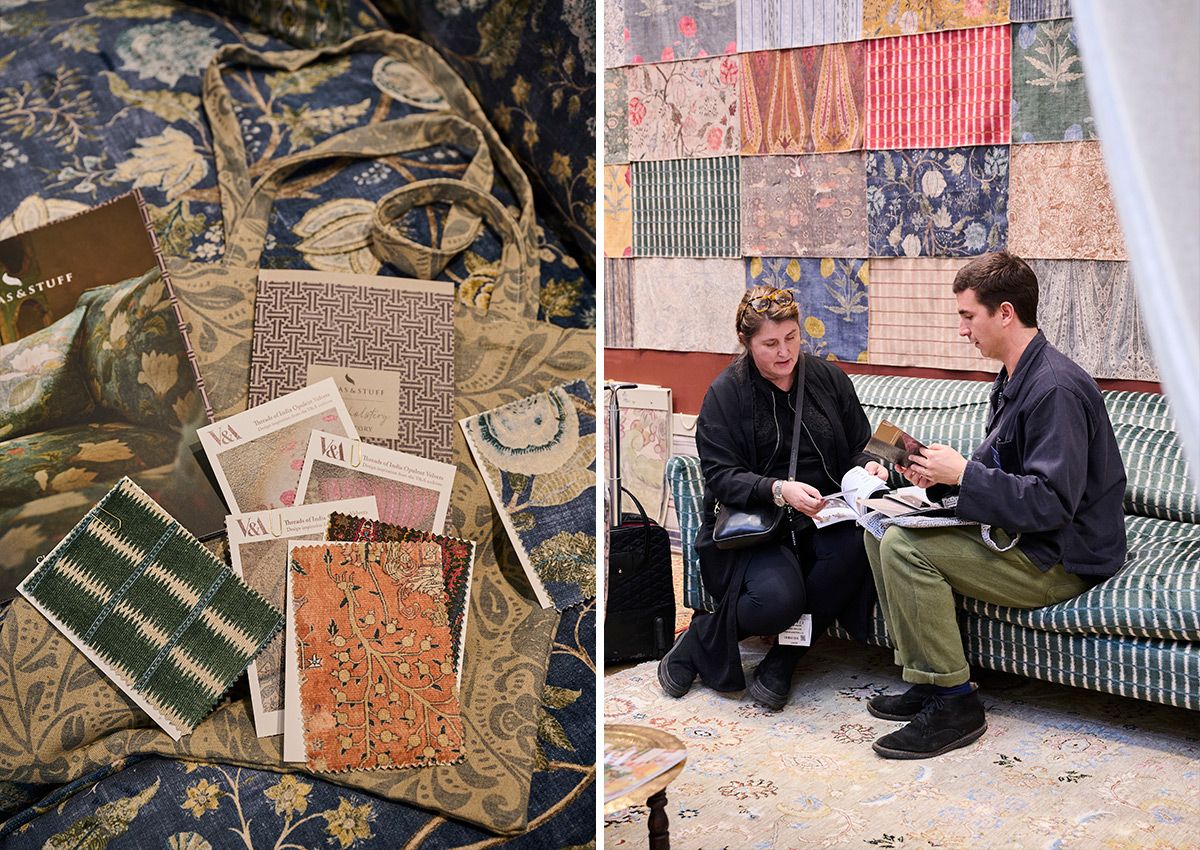This year’s Decorex interior design event was filled with striking designs, playful prints, and a celebration of natural hues and materials. Over the four inspiring days we spent there as an exhibitor, talking with interior designers and meeting with other experts and enthusiasts, we had the opportunity to reflect on the trends that are capturing the creative zeitgeist. Exhibitors from across the interiors space celebrated bold design and craftsmanship. The overall mood was one of experimentation and artistic expression, with exciting pattern play and palettes, intriguing textures and innovative materials, and an on-going dialogue with nature and biophilic influences.
Below, we share five key design directions that stood out at this year’s vibrant showcase.
1. The impact of colour
This year at Decorex, colour reigned supreme. Within this broad theme, though, we’ve picked out two key directions in colour that seemed to resonate most strongly.
Rich and rooted earth tones
We saw a clear indication that earthy shades are becoming well rooted in interiors. Warm reds and deep purple tones were particularly well represented, with terracotta, red ochre, maroon looking especially appealing, alongside deep forest, moss and olive greens. Our upcoming fabric collection, Threads of India Opulent Velvets, created in collaboration with the V&A, very much fits within this tonal narrative.
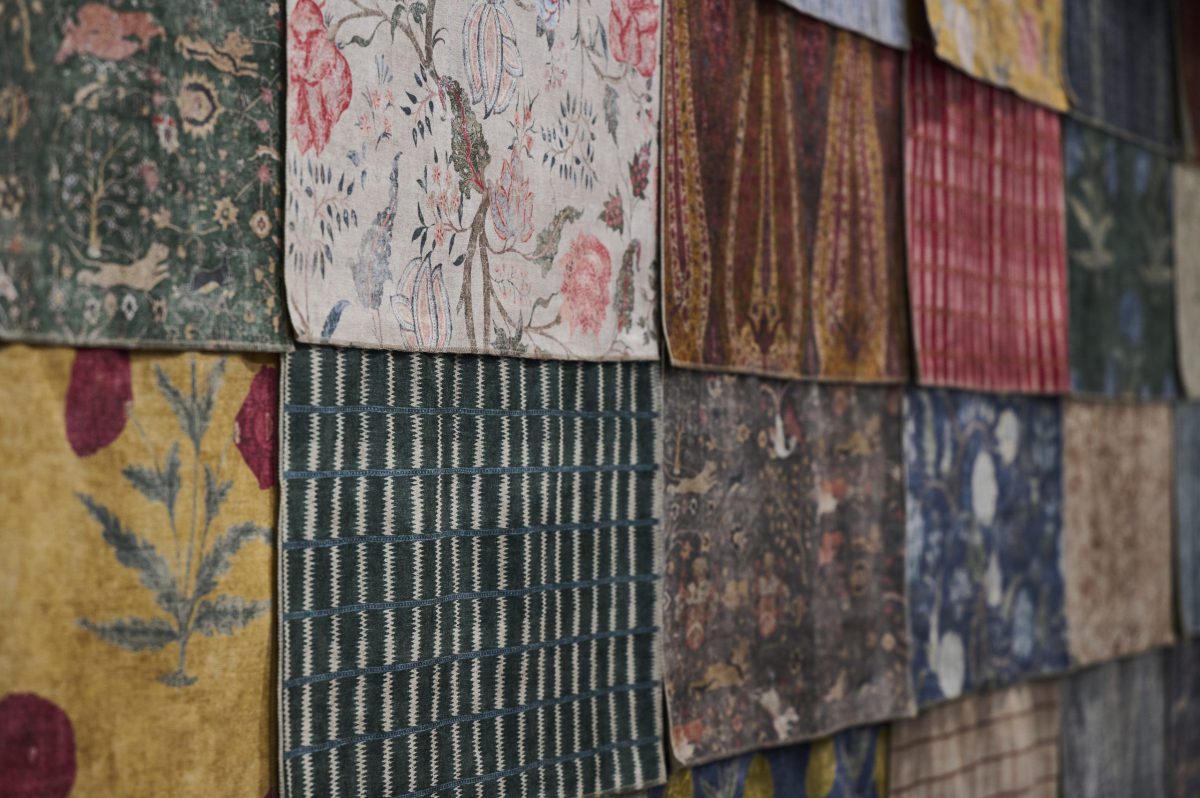
Daring contrasts and playful combinations
Many designers and brands used bold colour palettes to bring energy and personality into their collections. It was a welcome reminder that colour doesn’t just decorate—it transforms spaces, inspiring moods and enhancing functionality.
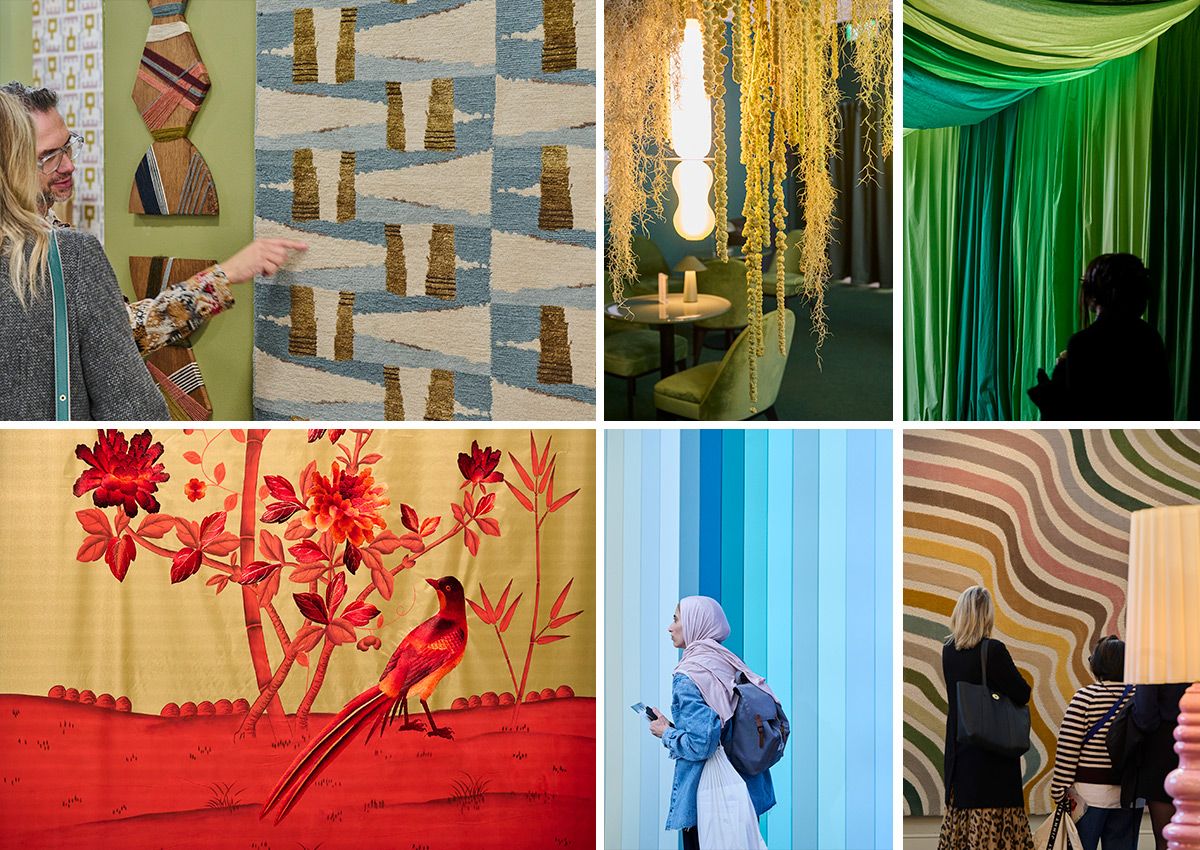
2. Layered pattern
Alongside a strong use of colour, pattern and print was clearly to the fore; a direction that resonates strongly with us as we continue to evolve our exclusive printed fabric designs for upholstery and other soft furnishing projects. From printed velvets to vibrant wall coverings, there’s clearly a push toward maximalist aesthetics that inject life and personality into interiors.
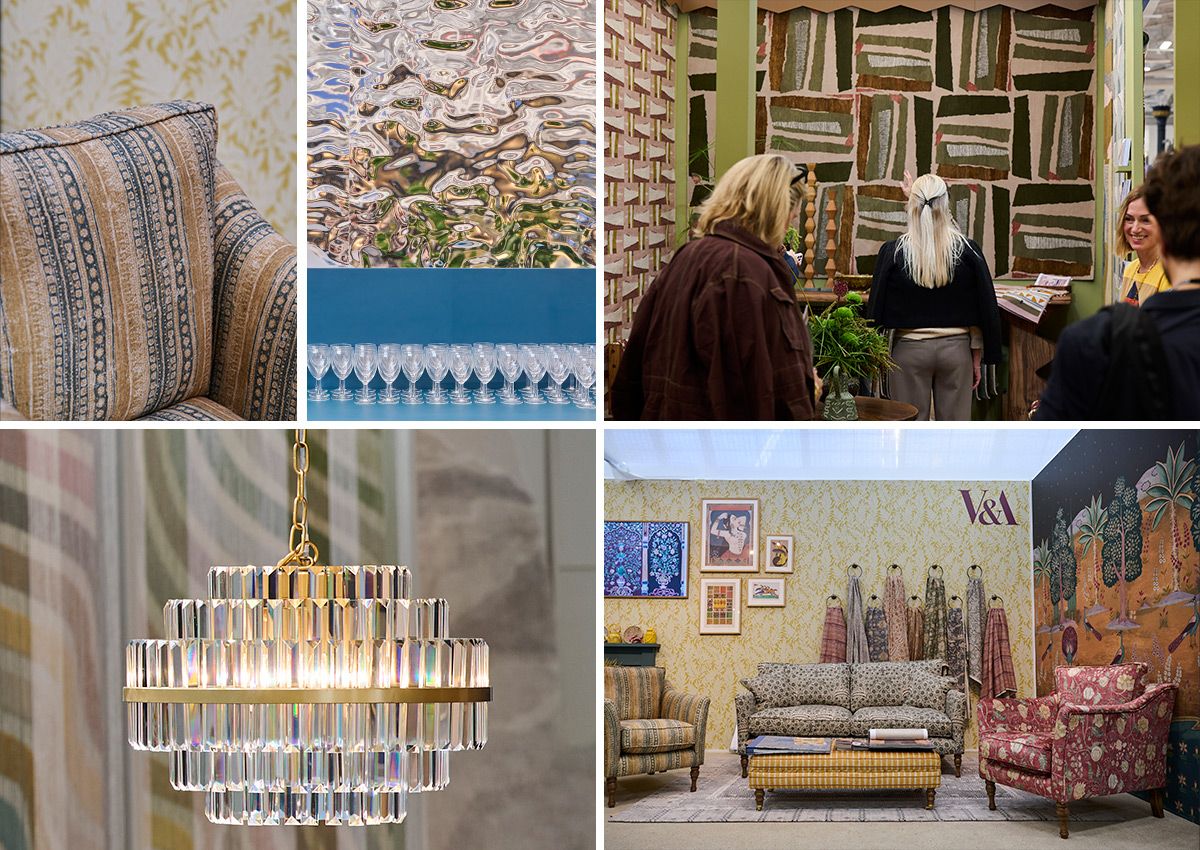
Stripes and geometric patterns
Playful stripes in various textures and colour palettes were seen across many fabrics, and linear designs were impactful on carpets and lighting. Other geometric elements featured strongly too, with ikat designs, and checkerboard patterns in wonderful colour pairings adding a bold, modern touch, seen in works like Hannah Robson’s beautiful wool throws and the colourful cane rattan chairs at Maison Louis Drucker.
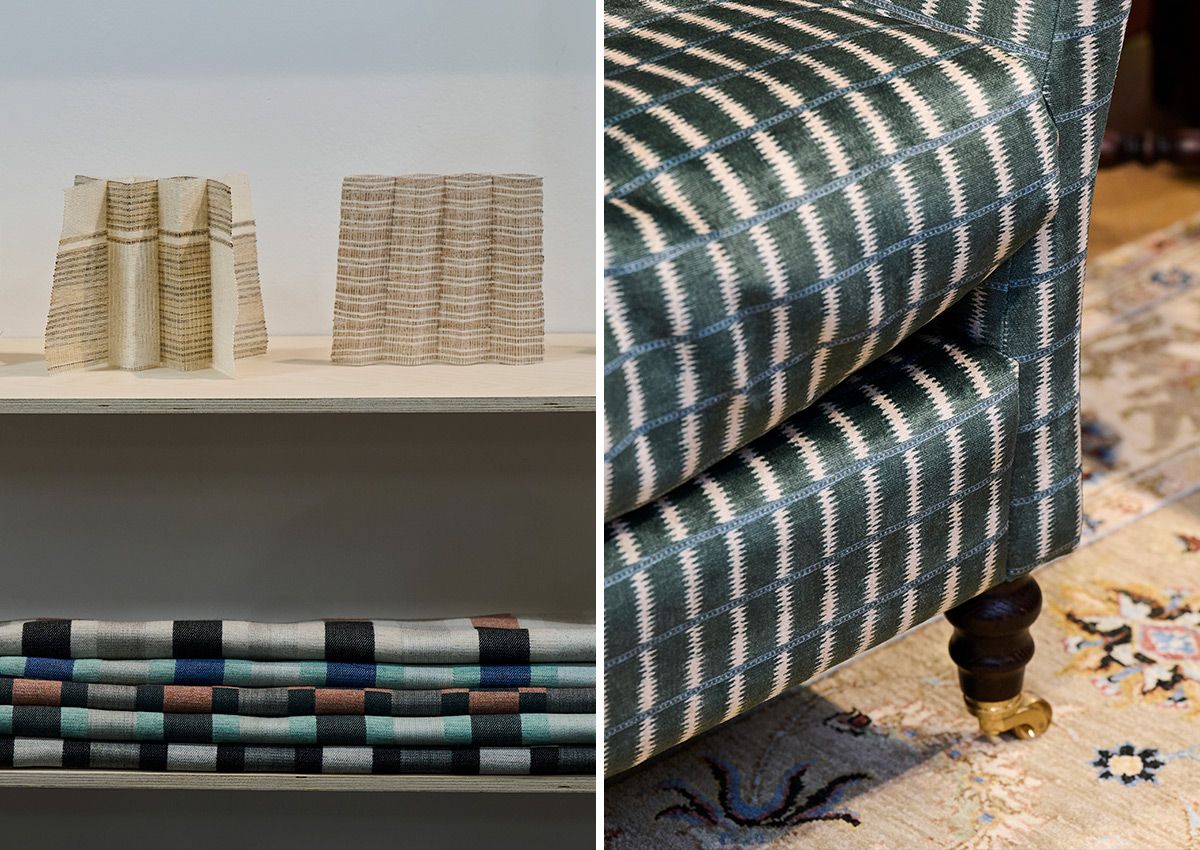
Nature-inspired and heritage prints
Printed pattern also stood out. Biophilic prints, bringing nature centre stage, were plentiful among the fabrics and wallpapers on display, ranging from the whimsical and homely, to the opulent. Figurative motifs and prints telling stories of history and heritage were also strongly present, indicating that the appeal of designs that can foster personal expression continues to grow. Our new V&A Threads of India fabric designs, inspired by the V&A’s collection of Mughal and Indian art and textiles, are part of this desire. We previewed this collection at Decorex, before it’s launch in showrooms in early 2025.
More generally, the versatility of pattern was widely celebrated. Laying pattern upon pattern, both with and without the inclusion of stripes was not only visually exciting but also offered brought great opportunities for conversation.
As a side note – using fabrics as wallcoverings and hanging decoration was a lovely element of a number of stands at the event, perhaps most apparent in Fromental’s installation of embroidered and hand painted silk panels. We explored the possibilities of using fabric in this way too, covering one wall of our stand with patterned velvet fabrics from the new collection, and suspending lengths to create a canopy effect; a reference the tented structures and awnings that were such an integral part of Mughal culture.
3. Material matters
Natural materials were widely integrated into designs and stand decoration, aligning with the growing desire to embed greater sustainability into interiors. Materials such as stone, wood, and clay brought organic textures and a sense of grounding to spaces, while wool, linen, jute, and rattan added warmth and tactility to many displays. This return to natural elements reflects a broader appreciation for the calming effect of nature-inspired interiors.
Rugs, carpets, and flooring played a central role in reinforcing these themes. A Rum Fellow’s Lithic collection, for example, drew on the textures and tones of ancient stone landscapes, capturing their rugged yet tranquil essence. On our own stand, we showcased three handwoven rugs from Rugs of Petworth—a pair of soft wool-on-cotton Agra rugs and a vibrant Bhadohi rug from India, which beautifully complemented our new Mughal-inspired fabric collection.
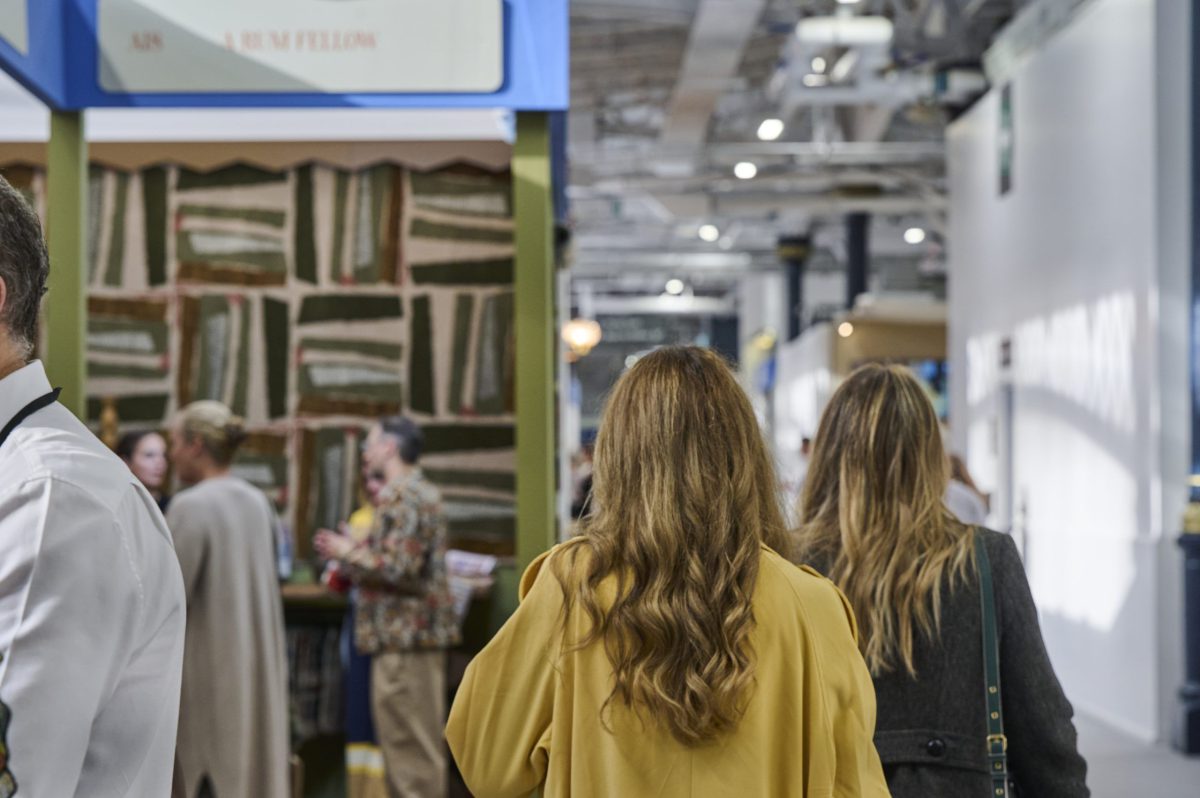
4. Sanctuary spaces
Sanctuary spaces emerged as a quiet but powerful theme at Decorex, offering a thoughtful response to our need for comfort and connection.
The Benjamin Moore x Isabella Worsley stand embodied this perfectly with its intimate, club-style seating area—a cocooning environment that invited guests to slow down, relax, and engage in conversation. This wasn’t just about visual appeal but about creating emotional warmth and a comfortable space for relaxation.
These spaces reflect a growing design trend toward interiors that feel personal, layered, and cosseting —whether it’s a home library, cosy corner, or a lounge in a hospitality venue. It feels less about filling rooms with decorative things but about curating areas that nurture wellbeing with luxurious textures and comfortable forms and communicate personal style and interests.
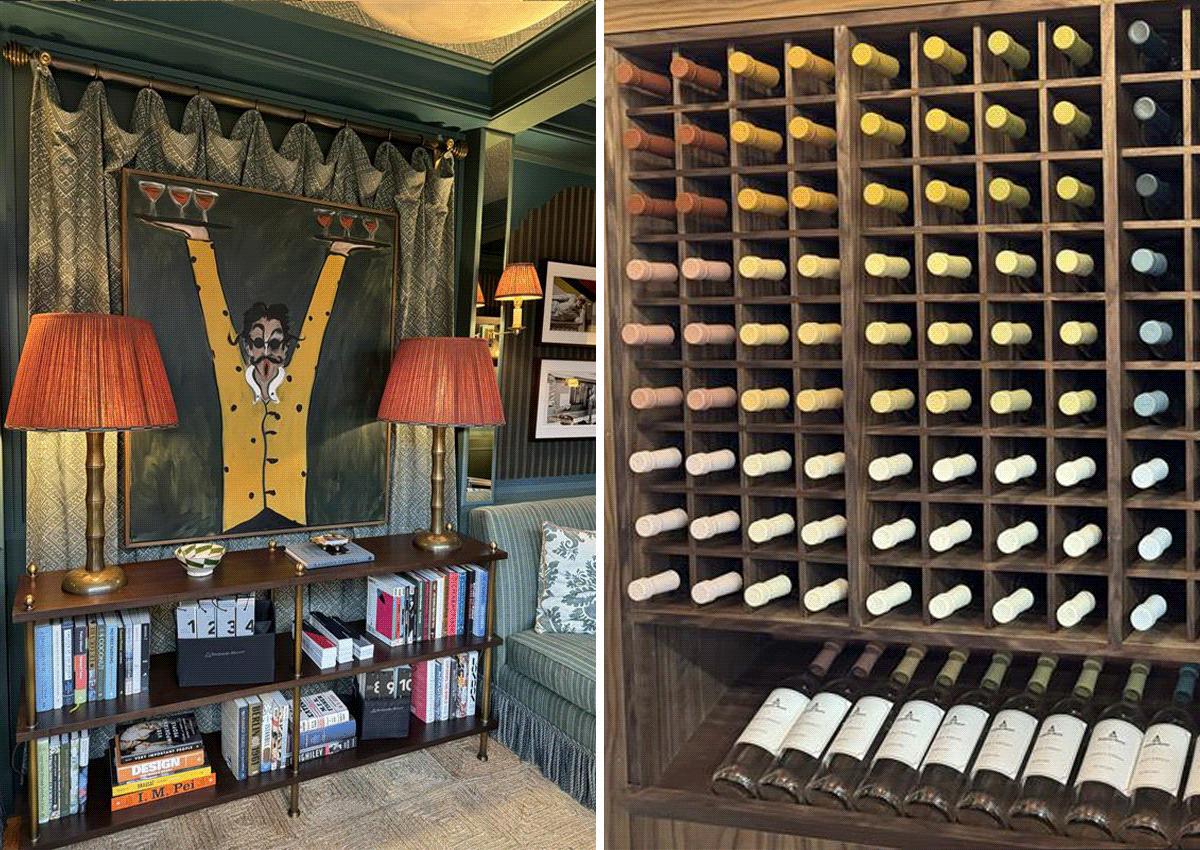
Atmospheric lighting, too was was key part of this, with many installations showcasing the transformative power of light in design. From sculptural pendants to intricate alabaster fixtures, lighting was both functional and artistic, infusing spaces with warmth and drama. Standout designs highlighted how lighting can enhance mood and atmosphere—whether in grand commercial spaces or intimate residential settings — reinforcing the importance of lighting as more than just illumination.
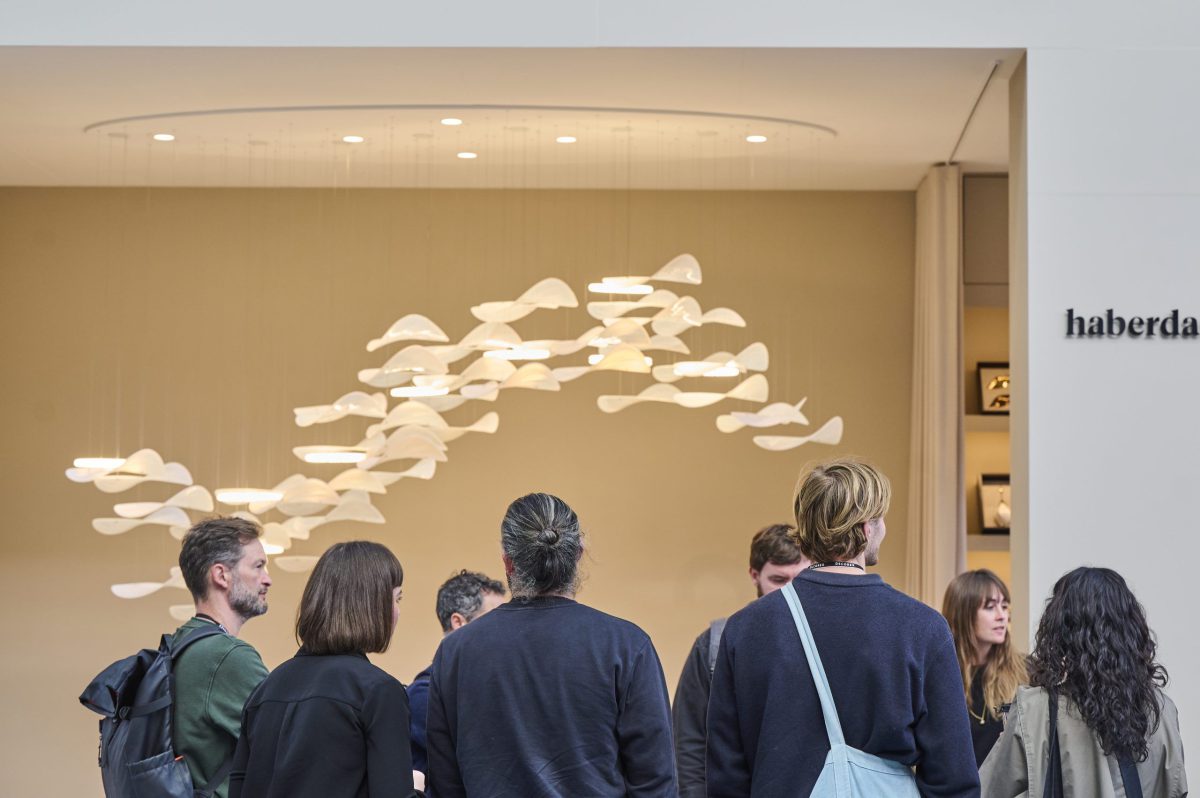
5. Artisan craft
Last, but by no means least, and a common thread through many of the directions already highlighted above, is artisan craftsmanship. It was everywhere at Decorex, reminding us just how essential traditional skills are in creating appealing and highly personal interiors. From handmade furniture to intricate textiles and decorative pieces, many exhibitors demonstrated the charm of small-batch, high-quality production. It’s clear that high-quality craftsmanship shouldn’t just be regarded as a hallmark of luxury, but is about lasting value to every space by adding personality and authenticity. Not only was this in evidence across the main stands, but it was played out with genuine commitment in the Making Spaces section of the show.
The creative pulse of 2024
All in all Decorex provided fertile ground for inspiration and making connections. We were delighted to bring our new trade membership, The Upholstery to the event. If you are an interior designer, stylist, architect or specifier for commercial projects, we’d love to hear from you. Find out more here.
Decorex reminded us that design is about both beauty and personal expression — whether through playful patterns, rich textures, or carefully chosen colours. These creative directions offer endless opportunities to create interiors that feel authentic and inspiring. We look forward to be back at Decorex in 2025.

